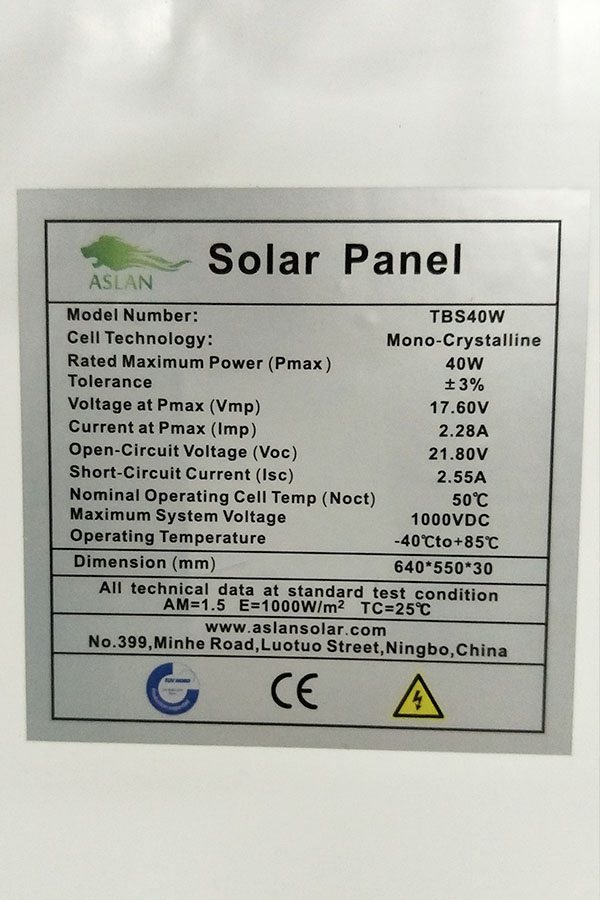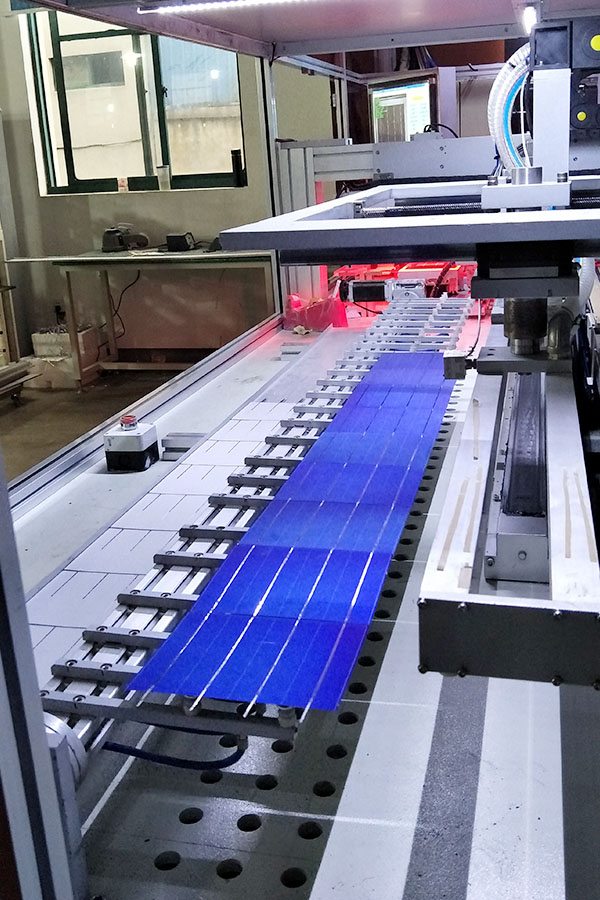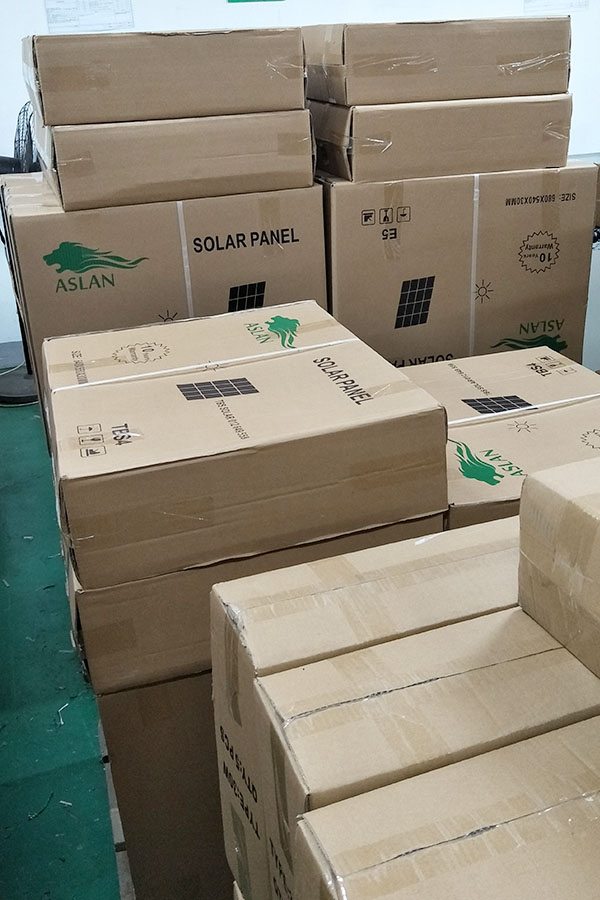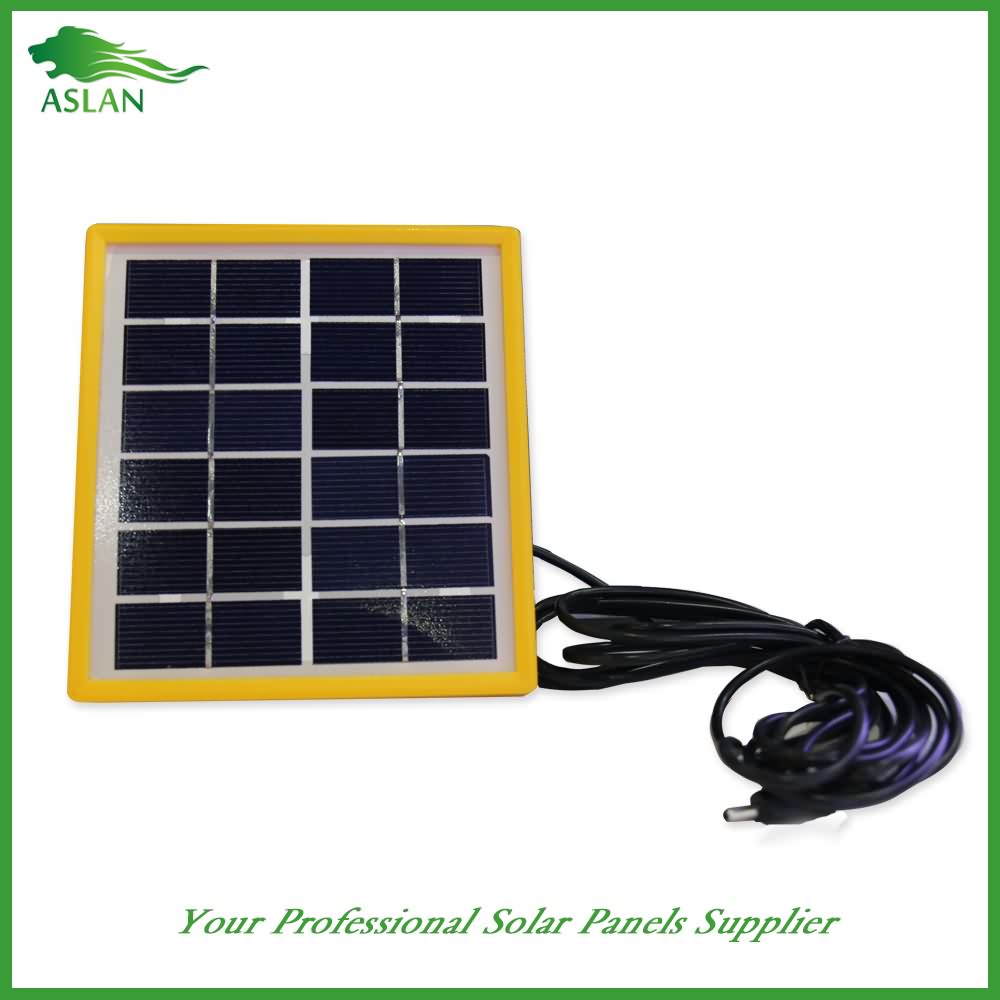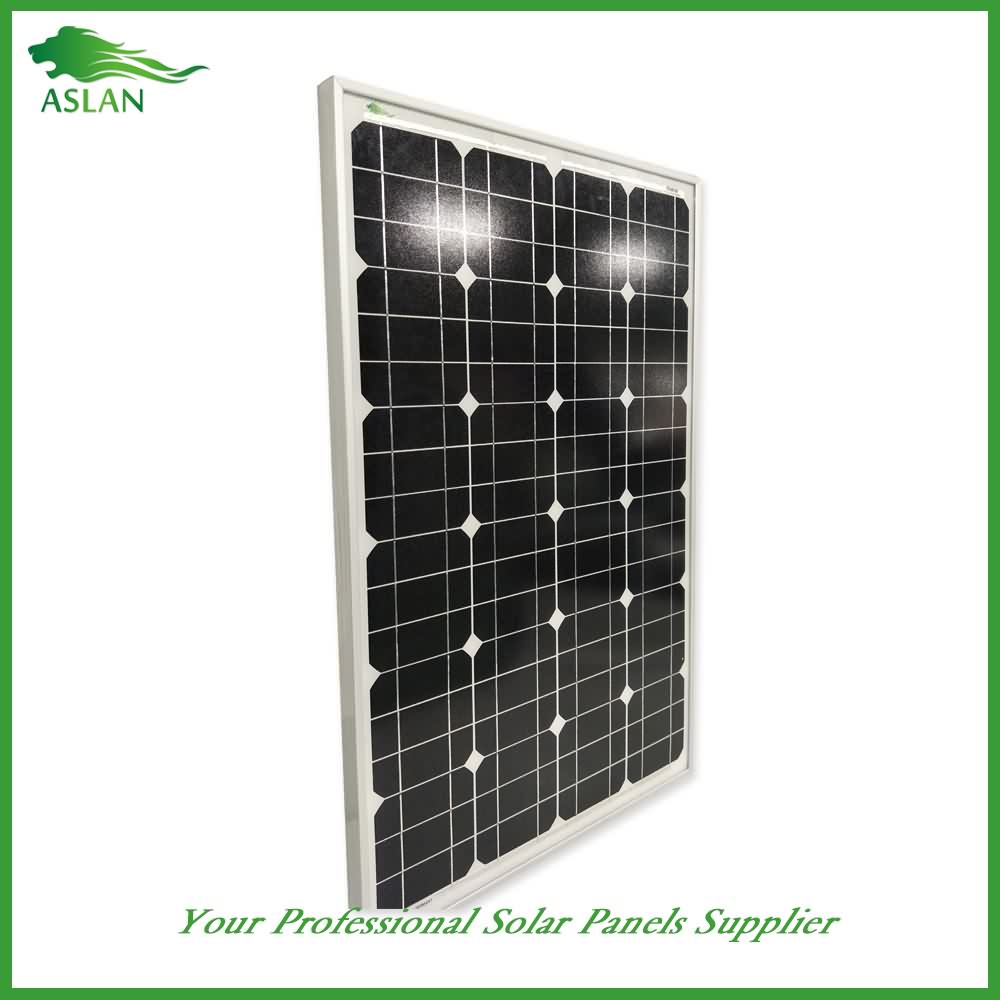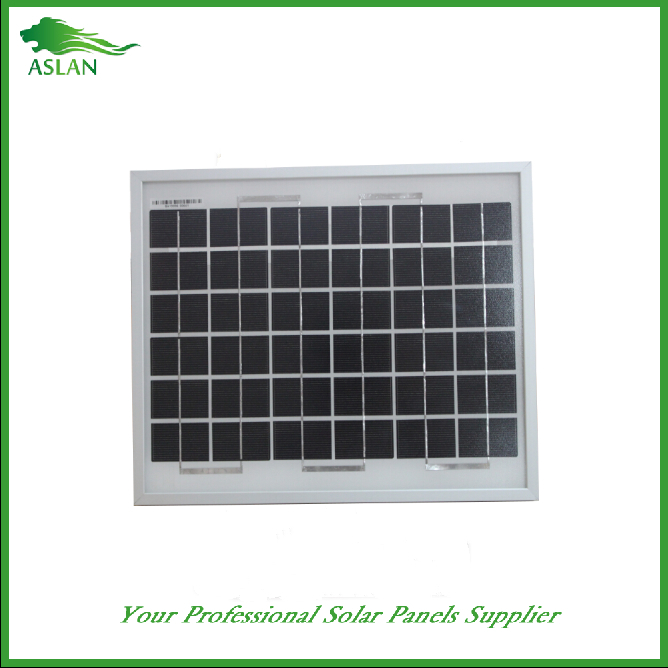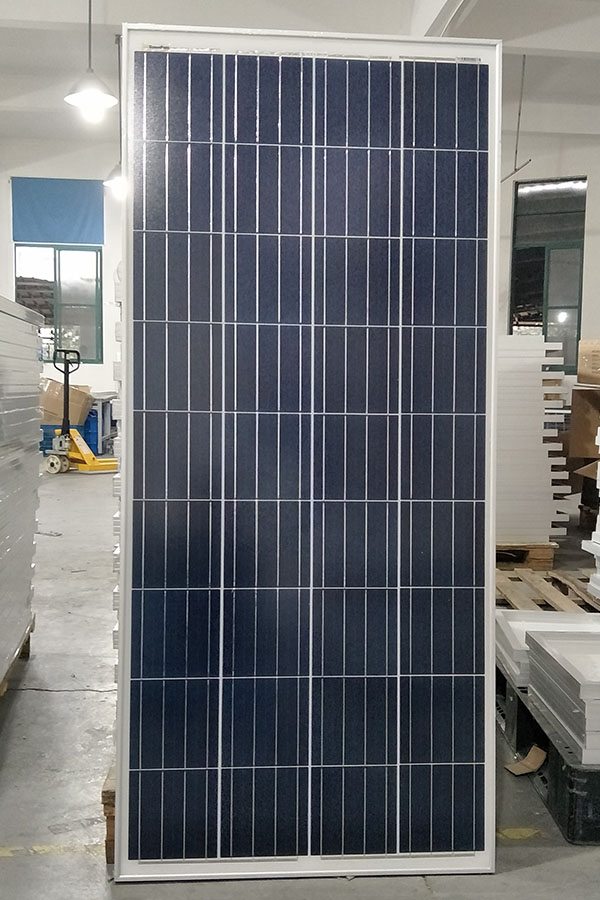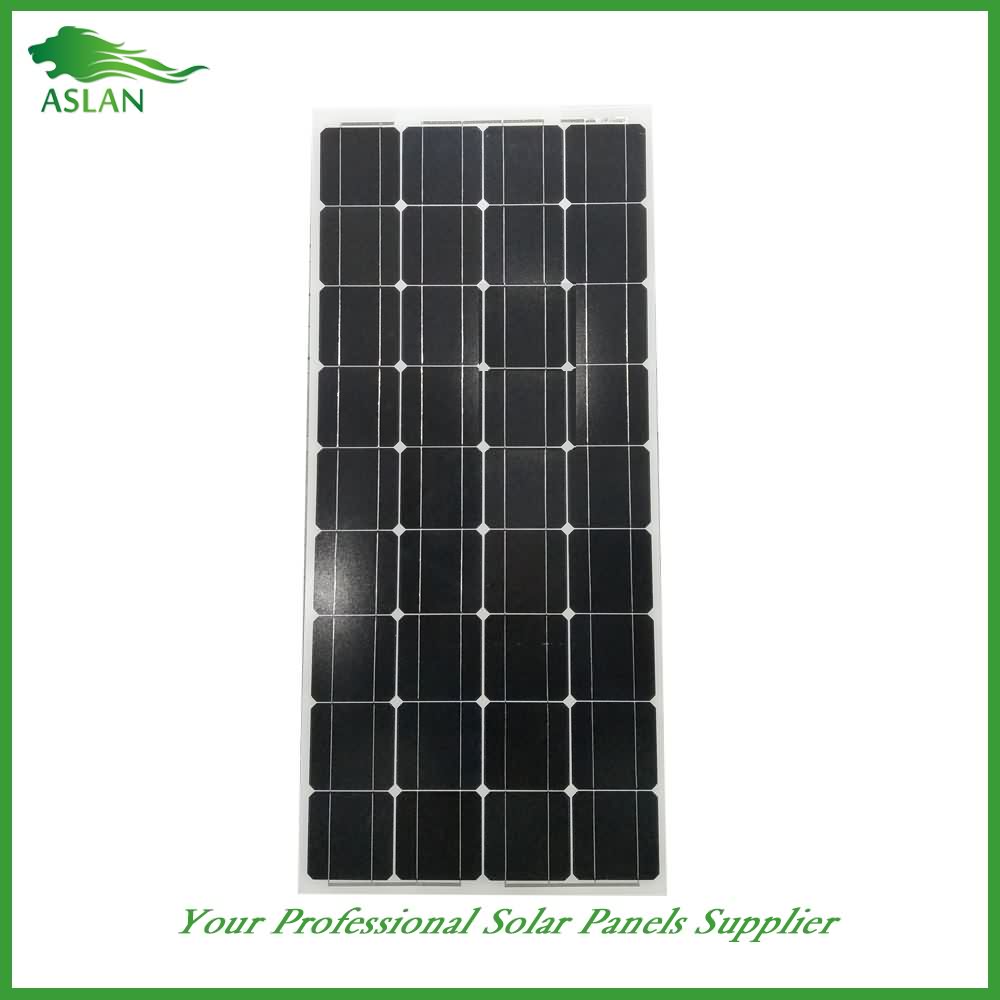Europe style for Poly-crystalline Solar Panel 80W for Tunisia Manufacturer
Short Description:
With advanced technologies and facilities, strict quality control, reasonable price, superior service and close co-operation with customers, we are devoted to providing the best value for our customers for Europe style for Poly-crystalline Solar Panel 80W for Tunisia Manufacturer, we are now looking forward to even greater cooperation with overseas customers based on mutual benefits. If you are interested in any of our products, please feel free to contact us for more details.
Poly-crystalline Solar Panel 80W
Technical parameter
Maximum Power(W) 80W
Optimum Power Voltage(Vmp) 18.13V
Optimum Operating Current(Imp) 4.70A
Open Circuit Voltage(Voc) 21.79V
Short Circuit Current(Isc) 5.16A
Mechanical Characteristics
Cell Type Poly-crystalline 156x104mm (6 inch)
No of Cell 36 (4x9pcs)
Dimensions 1008x678x35mm
Weight 8.3KGS
Front Glass 3.2mm,High Transmission, Low Iron,Tempered Glass
Junction box IP65 Rated
Output Cable TUV 1×4.0mm2/UL12AWG,Length:900mm
Temperature and Coefficients
Operating Temperature(°C): -40°C ~ + 85°C
Maximum System Voltage: 600V(UL)/1000V(IEC) DC
Maximum Rated Current Series: 15A
Temperature Coefficients of Pmax: -0.435%
Temperature Coefficients of Voc: -0.35%
Temperature Coefficients of Isc: 0.043%
Nominal Operationg Cell Temperature (NOCT): 47+/-2°C
Materials of solar panel
1).Solar Cell——Poly-crystalline solar cell 156*104mm
2).Front Glass——-3.2mm, high transmission, low iron, tempered glass
3).EVA——-excellent anti-aging EVA
4).TPT——-TPT hot seal made of flame resistance
5).Frame——anodized aluminum profile
6).Junction Box——-IP65 rated, high quality, with diode protection
Superiority: high quality anodized aluminum frame, high efficiency long life, easy installation, strong wind resistance, strong hail resistance.
Features
1. High cell efficiency with quality silicon materials for long term output stability
2. Strictly quality control ensure the stability and reliability, totally 23 QC procedures
3. High transmittance low iron tempered glass with enhanced stiffness and impact resistance
4. Both Poly-crystalline and Mono-crystalline
5. Excellent performance in harsh weather
6. Outstanding electrical performance under high temperature and low irradiance
Quality assurance testing
Thermal cycling test
Thermal shock test
Thermal/Freezing and high humidity cycling test
Electrical isolation test
Hail impact test
Mechanical, wind and twist loading test
Salt mist test
Light and water-exposure test
Moist carbon dioxide/sulphur dioxide
http://www.amazon.co.uk/gp/product/B00876E21M?tag=beggshoesdoel-21
http://www.solardave.com/index.php/what-type-of-electrical-panels-are-not-good-for-solar-video/
What types of electrical panels are good candidates for solar? And what are bad candidates for solar? Is a
question I asked John Shaw project engineer for
Bella Energy.
John Shaw: Long story short there are panels out
there through grand father clause, if any
contractor came in and did any type of electrical
work, that electrical work could not pass because
of the fact that there is a panel there for a
particular brand because of law suits and stuff like
that, but that is a bit too nit picky.
The things I look for when doing a site visit are
100 amp main service limit the size of the back
feed breaker that we use to feed the house there are other ways
to integrate a system into the house with line
side taps which can be done in a couple of
different locations.
We are looking for 150 plus amp service with empty breaker spaces at least two that is going to be the best scenario. We can certainly get around
anything and everything we run into but it is a
question of how much addition time and weather or not we are service
upgrade or we might need to ask Xcel for a service
upgrade or stuff like that.
The easiest way to integrate a system into your
home which is what is called a backfeed service
breaker onto your service
panel some people call a breaker box. If there are
a couple of empty spaces we take a special breaker
instead of drawing power and sending it to your
living room actually takes power from the PV system and
puts it on to the bus bar which then is just
another source of electrons on those bus bars for all of the other
breakers to pull from.
But we are limited in the size of the breaker we can put in there, by the overall service. So for example lets say
you have 100 amp service, the biggest breaker we
can use to back feed the system is 20 amp breaker?
That would mean that you could only do about a 2.5 to 3 kilo watt system.
If I am not mistaken.
3 sounds about right I would have to do the math
to figure it out,
I dont have it in my head there are some other
ways to get around it too. What the code actually
says is that if it is a 100 service that usually
means you have a 100 amp bus bar in your service
panel and 100 amp main disconnect that means you can
only feed the bus bar with 120% of its rating, so it is feed by the main breaker usually
100 percent of its main rating you can have 20%
but if the main breaker happens to be an 80 amp
breaker on a 100 amp bus bar
that is another 40 amps you could add or
you could sometimes change out that main breaker
but it is easier to go to a line side tap then
involving to changing out main breakers but you
know there are many ways you can do it.


